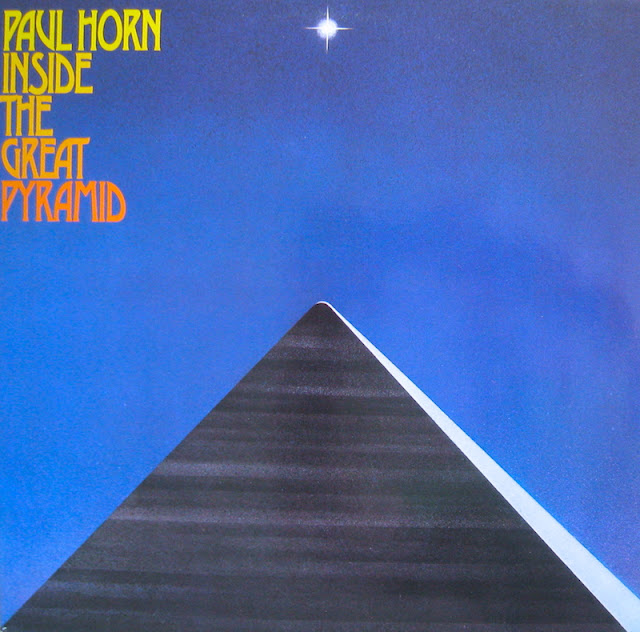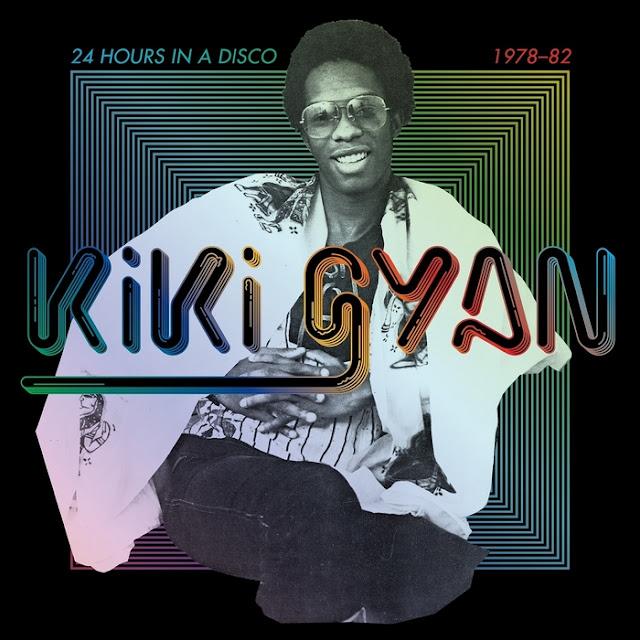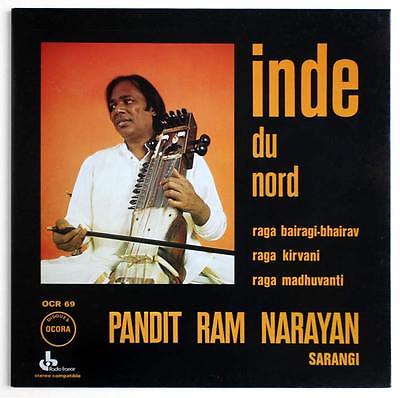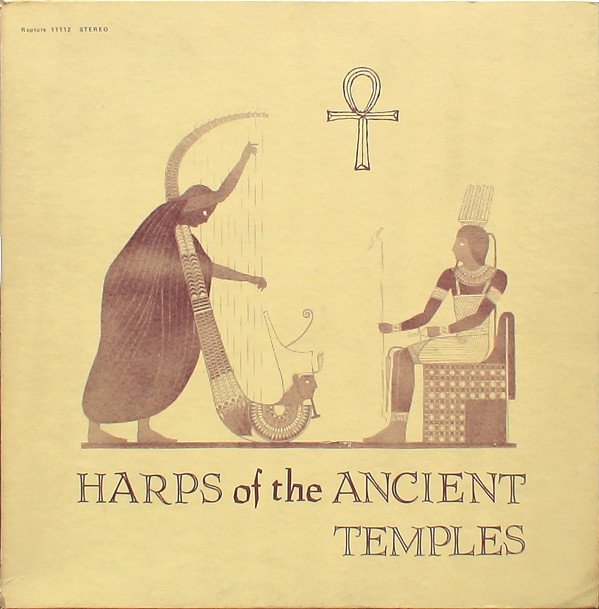I was deeply saddened to learn of the death of David Mancuso, founder of the Loft party, disco enthusiast, instigator of the record pool system, DJ, audiophile, activist, and New York legend. Mancuso devoted his life and resources to creating safe spaces for many, but especially for the gay community, to dance to the best music in the best possible environment. He rejected beatmatching and mixing in favor of respect for sound quality and unaltered recordings played in their entirety, he prioritized dancing by refusing to overcrowd his parties, he avoided slavishness to genre, and he pushed back against inflated alcohol prices and club profiteering by instituting a BYO policy. He also fought in the New York City Department of Consumer Affairs’ longest administrative trial to date against their insistence that he get a cabaret license (which he ultimately avoided by not selling food or beverages). He believed a DJ should have good taste, push the envelope, and use songs to spin narrative arcs, but not show off or get in the way of the music. He drew inspiration from time spent outside as a child, having grown up in an orphanage in rural upstate New York:
“I spent a lot of time in the country, listening to birds, lying next to a spring and listening to water go across the rocks. And suddenly one day I realized, what perfect music. Like with sunrise and sunset, how things would build up into midday. There were times when it would be intense and times when it would be very soft, and at sunset it would get quiet and then the crickets would come in. I took this sense of rhythm…”
In the spirit of David’s work, I wanted to share a record that, though not a canonical Loft favorite, embodies the ecstatic, high energy disco for which the Loft is known. I wish very much that I could share Feeling So Good, the original LP that produced one of Gyan’s more famous singles, “Disco Dancer,” but it’s all but nonexistent (jen@listentothis.info if you have a decent rip you’d like to trade!). Several tracks from Feeling So Good appear on this compilation, though everything I’ve heard from the record is excellent. I’m realizing as I write this that it’s a bit odd to make two very remarkable, very different people share one post, so I hope this comes off alright.
Kiki Gyan was a Ghanaian musician and child keyboard prodigy who went professional at the age of 12, dropped out of school (“There was too much music in me, I couldn’t stay in school”) and was recruited to the British Afro-pop band Osibisa when he was 15. He toured internationally with the band until beginning his tenure as a very in-demand and expensive session musician in the best London recording studios before he was 21. His musical skill earned him a reputation as Ghana’s answer to Stevie Wonder, and he went on to make a series of very ambitious disco records, aiming at international stardom. Drug abuse interfered, and despite numerous attempts at intervention and rehabilitation, Gyan quickly declined, became unable to make music, and died at 47 from AIDS and drug-related complications. It was a terrible loss in many ways.
24 Hours In A Disco is entirely long tracks, befitting Gyan’s style—his wicked musicianship and joy predisposed him to long-form relentless disco funk jams that were tailor-made for the dance floor. These are songs that impossible to sit still through.
Thank you Kiki, thank you David—here’s to hoping that love saves the day.










